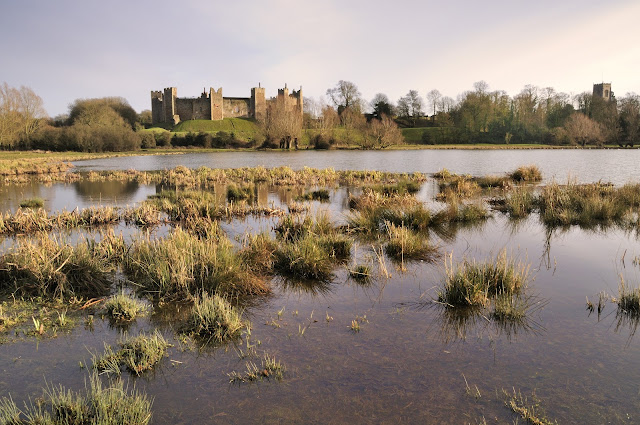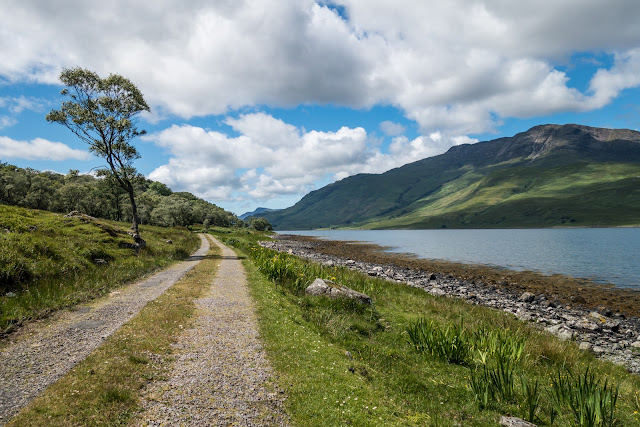A visit to Framlingham
A visit to Framlingham Castle, as we thought Izobelle might be interested - it's amazing the variety of things which grab her interest, and long may it last. Actually, these first three images were taken on a previous visit and I have not included them in a previous post.
Framlingham castle was built by the Bigods, a powerful Norman family in the 12th century. The first stone buildings at the site were probably the work of Hugh Bigod, 1st Earl of Norfolk (d. 1177). But it was under his successor, Roger Bigod II (d. 1221), that the huge stone curtain walls we see today were built.
In 1213 Roger Bigod II entertained King John at the castle. But by 1215 relations had soured - Roger, along with 25 other barons, challenged the high military taxes levied by King John and forced him to accept the Magna Carta. Enraged, John laid siege to Framlingham in 1216. After two days, the castle surrendered. This loss of the castle was only temporary however - it was later restored to the Bigod
In the 14th century Framlingham passed to the Brotherton family. For some 17 years it was in the hands of Margaret, the daughter of Thomas Brotherton, 1st Earl of Norfolk. Margaret, who was known to have enjoyed a lavish lifestyle at the castle, was a powerful woman of the period and the first to be made a duchess in her own right.
Following Margaret's death, her grandson and heir Thomas Mowbray inherited Framlingham. It was then passed down to the famous Howard family in 1483. Despite the brief period of the Howards tenure, Framlingham underwent substantial repairs during this time.
Through the disgrace of Thomas Howard, 3rd Duke of Norfolk, Framlingham came into the hands of Mary Tudor, elder daughter of Henry VIII in 1552. It was around this time that the castle became the scene of a succession crisis.
Although the catholic Princess Mary had been named Edward VI's heir by their father, the young Edward attempted to surrender the throne to the protestant Lady Jane Grey. Pursued by supporters of Lady Jane Grey, Mary fled to Framlingham to gather her troops.
It was while she was installed at the castle that she received the news she had been proclaimed queen. One of her first acts as ruler was to restore the estates and dukedom to the Howards.
The two images above are views of the castle from across the mere. Apparently, with its surrounding wet meadows and ancient castle backdrop, the Mere is considered by many to be the best view in inland Suffolk. Its wildlife is equally special and the reserve is best known for its sedge beds – a rare habitat in Suffolk – and stream of migrating birds. There is a wonderful show of massed marsh marigolds, delicate ragged-robin and lady’s smock in spring and if water levels aren’t too high, birds like green and common sandpiper and snipe can sometimes be seen.
A build up of silt over recent years resulted in restoration work being carried out by Suffolk Wildlife Trust, Framlingham College and the Environment Agency. This involved removing over 40,000 tonnes of accumulated mud from the Mere to restore water levels and wetland wildlife, pollarding historic trees and planting new ones and improving information for visitors. Wildlife has already responded to the improvement in water quality resulting from the restoration.
The castle from the grounds, to give an idea of its imposing presence.
The inner court from the wall walk.
So, lunch finished, lets play football. Izobelle just missed this one!
Now I am confident, I will take on Mummy!
I like the look of these slopes for rolling down.
Come on grandad, you do it like this.
Then mummy has a go.
I think she enjoyed it!
Meanwhile nanna did the sensible thing and supervised from the sidelines. It was a fun day and enjoyed by old and young.














Comments